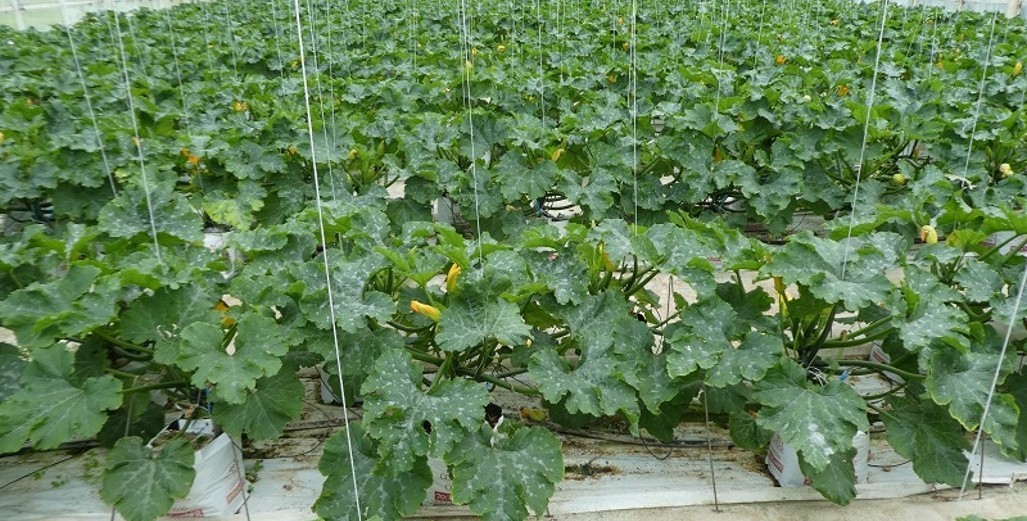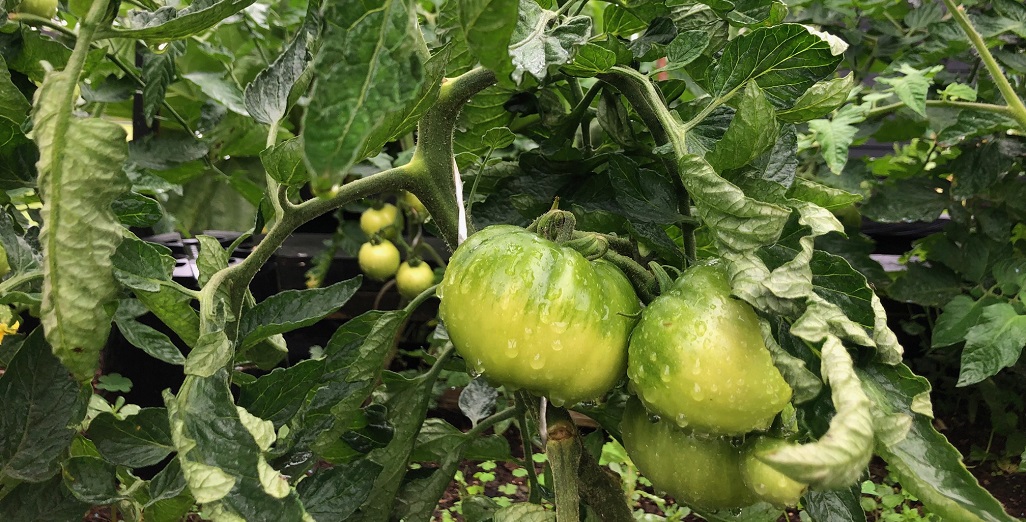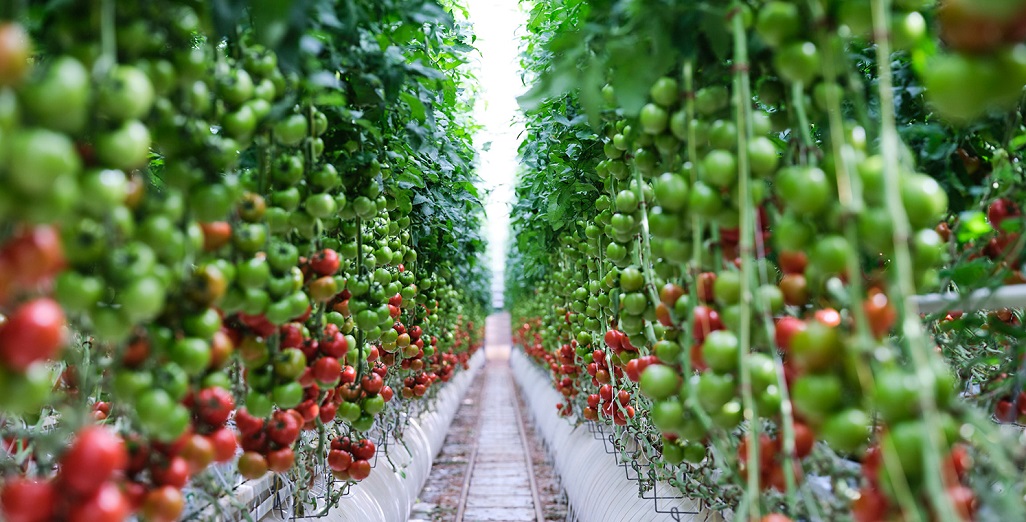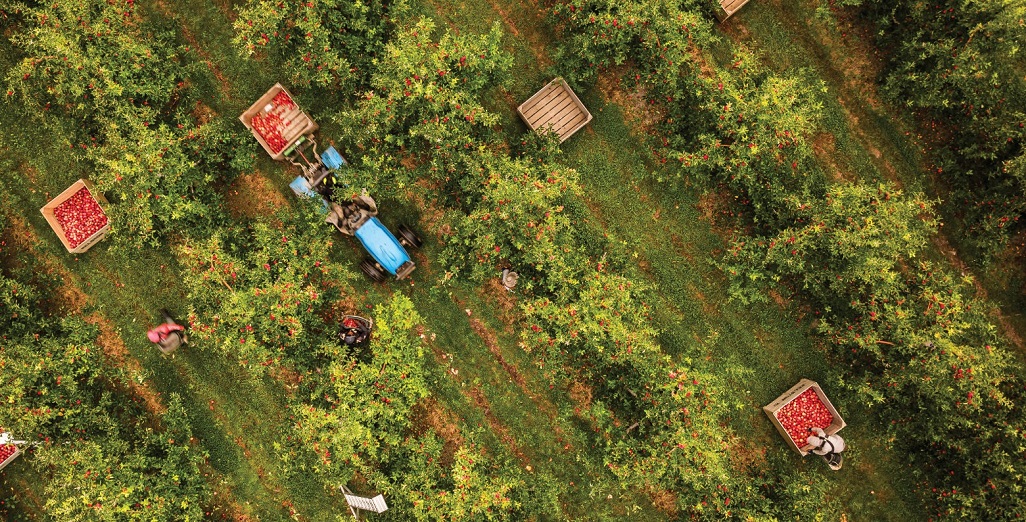Sign up here to subscribe to the Grower2grower Ezine. Every two weeks you will receive new articles, specific to the protected cropping industry, informing you of industry news and events straight to your inbox.
Sep 2020
Courgette prices reduce

Predictable
Growers are always on the lookout for new opportunities. In the case of courgettes, they tick a couple of boxes for double croppers (growers that plant two crops annually). I noticed in 2019 there was a considerable increase in the area planted with courgettes. This year, due to the restriction of imports from Queensland, I predict the greenhouse area planted has increased again.
The Lure of High Returns
This year prices have reached astronomically high levels for courgettes. There will be a few growers that have hit the jackpot, if their planting and harvesting dates have coincided with the huge increase in price, but some may not have been as fortunate. The associated unknown risk with growing courgettes in greenhouses, in the Auckland region, is they are competing with the outdoor crops, and when outdoor crops begin to harvest in warmer parts of the country the price can go from hero to zero in the blink of an eye. I never really considered growing courgettes, due to the huge fluctuations and uncertainty around volume and when they would be available to the market. A warmer than normal ‘winterless north’ could bring produce onto the market one to two weeks earlier. Those two weeks could be the high production high return opportunity greenhouse growers were hoping for.
The Covid-19 Effect
The other major and obvious disruptor was COVID-19. Due to loss of earnings, during the first lockdown, some greenhouse vegetable growers did terminate crops earlier than originally planned to replant courgettes.
The Australian Restrictions
The restriction of cucurbit imports from Australia has certainly opened up opportunities not to be ignored. However, if there are not supply agreements between growers and the wholesales/retailers then growers will make planting decisions on gut feel. This would be my least preferred option. Growers running this gauntlet, chopping and changing crops that do not have supply contracts are taking a calculated risk, and at the mercy of a supply and demand market. I don’t foresee growers losing money, in fact some have done extremely well, what this chopping and changing does, is affect the usual supply of other products such as tomatoes, that are traditional greenhouse crops. It is also very difficult for markets to predict future production flows. The wholesalers must find it challenging when this occurs.
The Market:
The market is ever evolving. The difficult part is prediction, no one can predict what may or may not be ‘exactly’ purchased by consumers. Trends are observed and growers may be approached to grow products deemed in high demand and under supplied. We only have around 300 ha of greenhouse grown vegetable crops in NZ so if a lot of one particular cultivar is suddenly replaced with a new cultivar it could inevitably leave a hole to fill, for example, tomato shortages this winter.
I could continue to speculate what caused a large shift in the market; the fact is it happened. The most recent food price index illustrated the price of tomatoes and courgettes were both high. Both will come back in value as production increases but possibly only one will continue to be stable while the other (courgettes) will soon be swallowed by outdoor production.
I appreciate your comments. Please feel free to comment on the grower2grower Facebook page:
https://www.facebook.com/StefanGrower2grower/
Article Written and compiled by Stefan Vogrincic, Consultant, Grower2Grower
Article Edited by Marie Vogrincic, Editor, Grower2Grower
CLASSIFIED
Subscribe to our E-Zine
More
From This Category

Greenhouse Production in the Future – Mike Nichols

Industry spearheads adoption of labour-saving tech with $52M boost (Australia)

a1 Apple Website Launched to Complement Brand Refresh
(Video of session now available) Excellent online webinar hosted by De Ruiter/Bayer Australia

Merry Christmas and Happy New Year 2024































